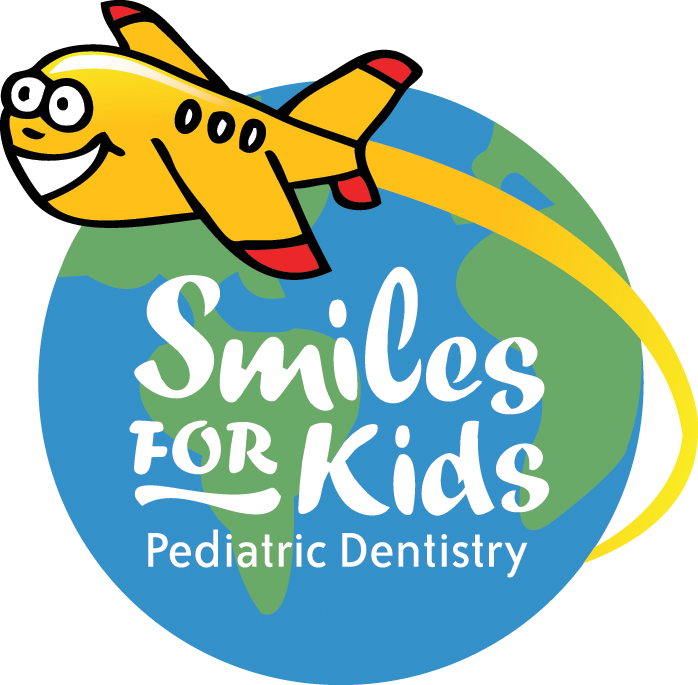What to Consider before Bleaching the Teeth
/Many of our teenage patients and their parents enquire about teeth whitening. The answers to their questions are often more complicated than they expected. The process of teeth whitening is more apt for some other individuals than others and the truth is that bleaching of teeth is not recommended for everyone.
Age is one of the biggest factors to consider when it comes to any process that calls for the whitening of the teeth. Bleaching is not recommended for those under the age of 16. The pulp chamber or nerve of the tooth is still enlarged up until this age. When the teeth are whitened, this could irritate the pulp and cause it to become sensitive or to encounter nerve damage.
Once the late teen years have been reached, bleaching strips that are available commercially such as Crest Whitestrips, may be used for bleaching to make sure that the teeth respond well to the process. This will act as a good gauge of how sensitive the particular individual?s teeth are. It also tests whether the teeth respond well to the bleaching process as some teeth will not be affected by it. This method is also useful in detecting any allergies to the whitening agents used in the products. After the teeth have been tested and they respond well, then more potent and longer lasting, but also more expensive procedures such as bleaching trays may be used. These trays are best made in a dental office as they must fit the individual?s mouth properly to contain the bleaching agents and to deliver the minimum needed and maximum effective amount of bleach without it spilling and entering the digestive system and bloodstream.
Another aspect of consideration for teeth bleaching on young people is the condition of the mouth itself. Gum disease, worn enamel, orthodontic appliances and cavities generally discourage the undergoing of teeth whitening procedures. The whitening solutions can enter the existing holes made by the decay and allow the chemicals to enter the inner areas of the tooth. This can lead to sensitivity and pain. In addition, the whitening process does not work on parts of the teeth where enamel layers have worn or been replaced by fillings. What may result is a splotchy, uneven color on the tooth.
In conjunction with this, fillings and restorations made from resin composite materials as well as veneers or crowns do not whiten. This should be taken note of when whitening the teeth of children who have such restoration especially in the front teeth. Undergoing a whitening or bleaching process can make some parts of the teeth appear lighter than others. Alternatively, if such restorations are planned, it is best to whiten the teeth before placing them so the degree of whitening can match the new teeth color. Should this be the case, allow at least two weeks after the restoration before undergoing teeth bleaching. If the work done on the teeth is extensive, it may be better to explore other options such as veneers rather than bleaching the teeth.
Ultimately, it is important to have realistic expectations when it comes to the search for a brighter smile. The original color of the teeth is also a consideration in the outcome. Bleaching works better on yellowish teeth compared to those with a brownish tinge. Bluish or gray tints caused by tetracycline tinting may not respond to bleaching at all. For tougher stains, explore veneers, bonding, or crowns.
Finally patients must remember that bleaching done with bleaching agents is not permanent and must be repeated as needed, which is why reusable trays are a perfect solution. Bleaching should be done in a dental office by a trained professional who understand risks of damage to enamel, gums and other intraoral soft tissues and are able to educate and protect patients from such problems.
